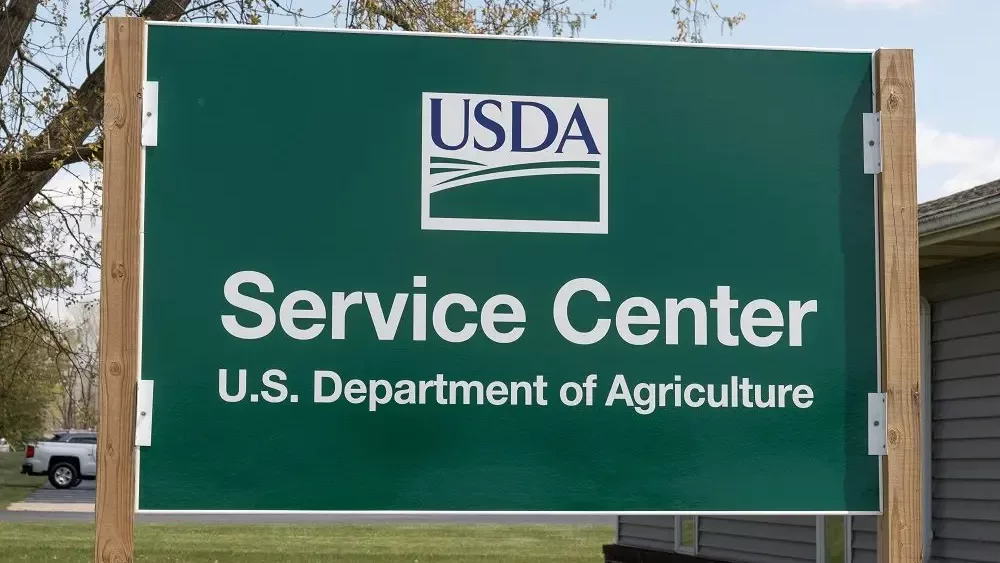
A new digital map from the Commerce Department’s National Telecommunications and Information Administration (NTIA) provides more detail about rural broadband needs across the country than any other publicly available resource.
Tapping into data aggregated at the county, census tract, and census block level from the U.S. Census Bureau, the Federal Communications Commission, M-Lab, Ookla and Microsoft, the map shows many parts of rural America reporting connection speeds that fall below the FCC’s current benchmark for fixed broadband service of 25 Mbps download, 3 Mbps upload.
Farmers and others who live in rural communities struggle everyday with poor connection speeds, which slow down farm business work, school work, and their ability to download and share important document.
“A reliable and speedy broadband connection is also critical to farmers’ use of precision agriculture to farm as sustainably and efficiently as possible,” said Ryan Yates, managing director of public policy at the American Farm Bureau Federation.
“Without high-speed internet, farmers cannot collect key data or analyze it to determine the exact amount of fertilizer to apply, how much water their crops need or the precise amount of herbicides or pesticides they should use.”
NTIA’s new map can help officials determine where to focus government funding and public-private partnership efforts to enhance broadband.
“While many farmers are already all too familiar with the challenges of having slow internet speeds, this map shows just how prevalent the problem is in Michigan and across the nation,” said John Kran, Michigan Farm Bureau national legislative counsel.
“Our hope is that this tool will help reinforce the calls for urgency in addressing expansions of broadband service into rural areas by proving a definitive visual for which areas are most impacted by this lack of infrastructure.”
The mapping efforts are a result of legislation that Farm Bureau members advocated for in 2019 and 2020 seeking a more accurate approach to build coverage maps to better help identify the need. Farm Bureau members advocated to Congress for this legislation at Michigan Farm Bureau’s Washington Legislative Seminar.





